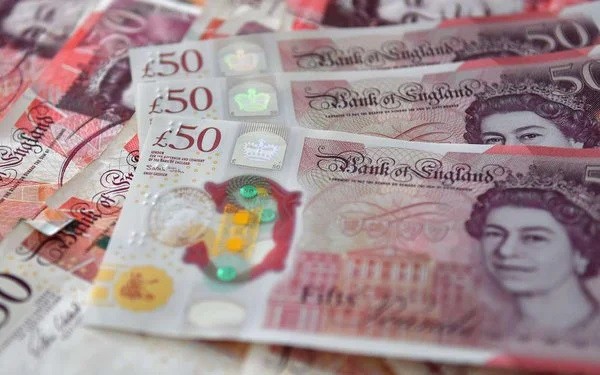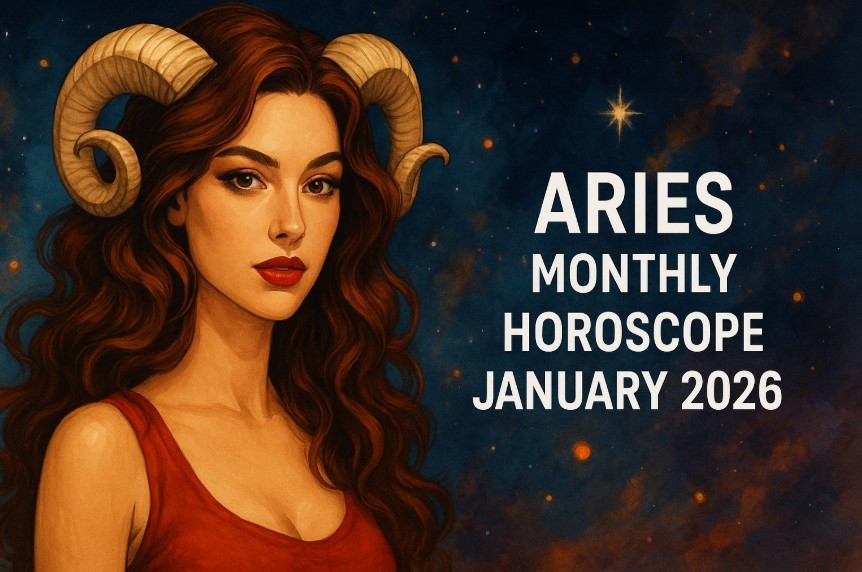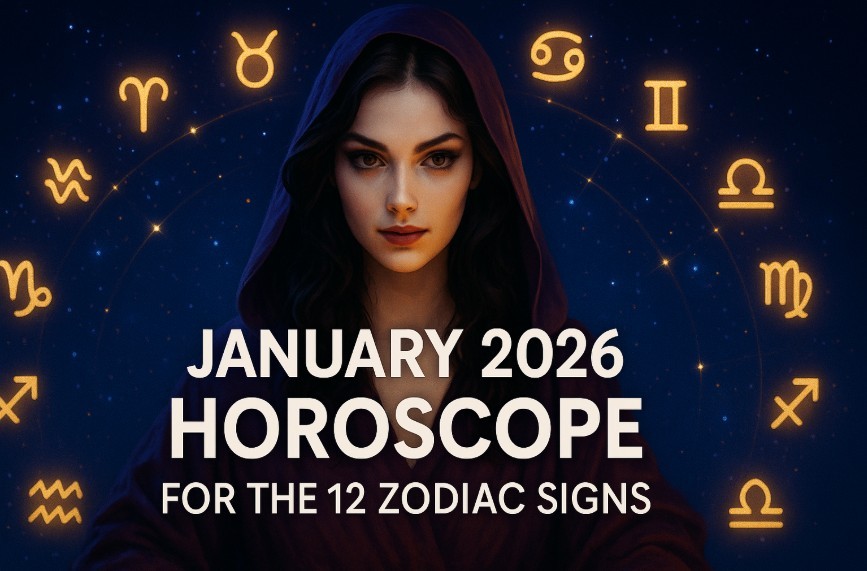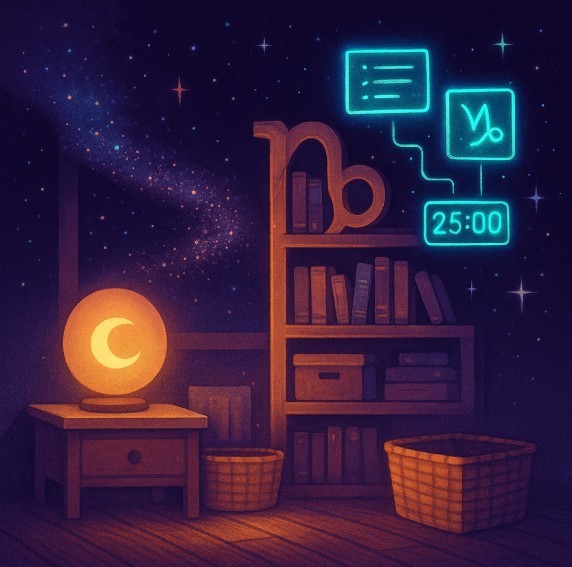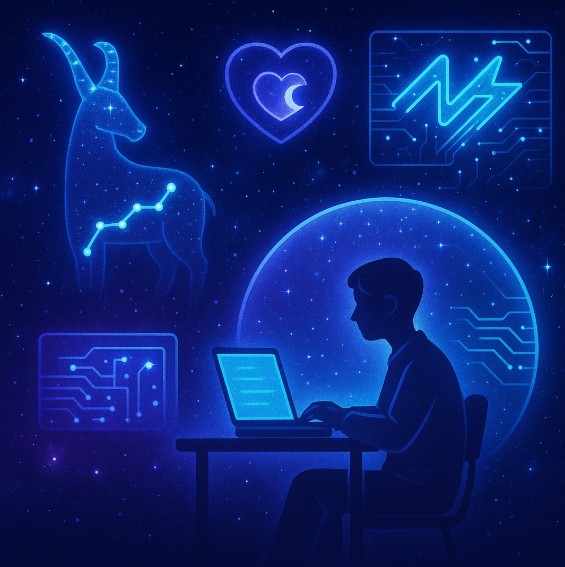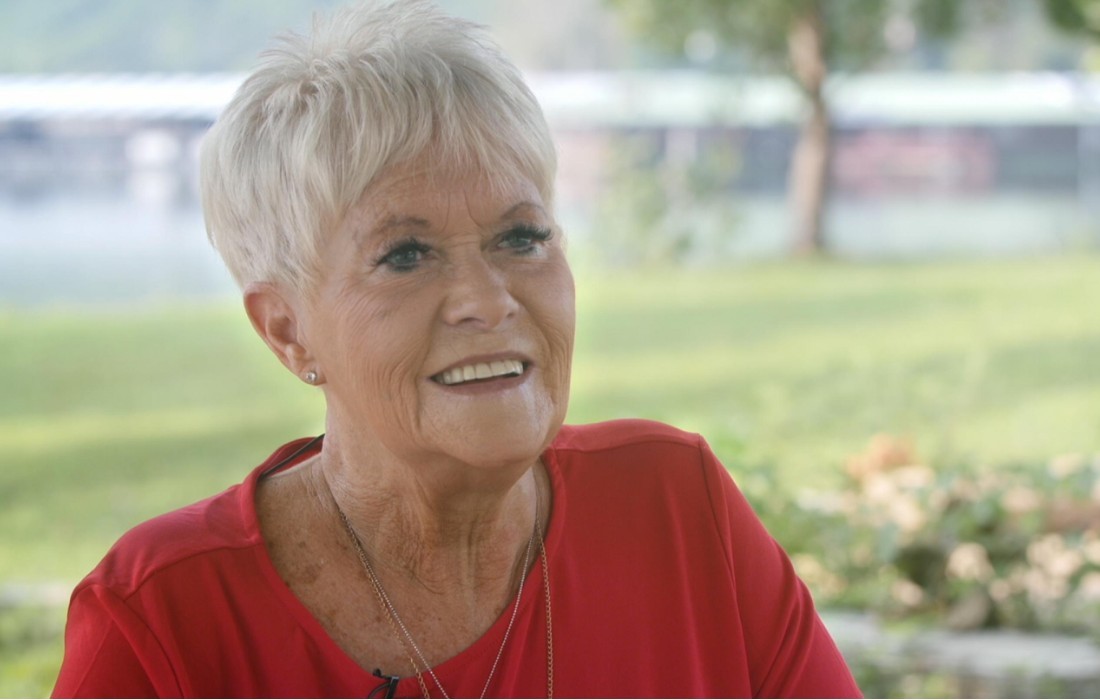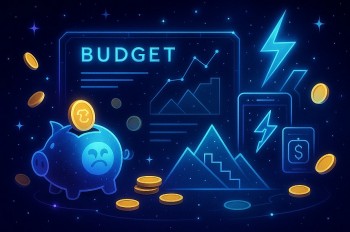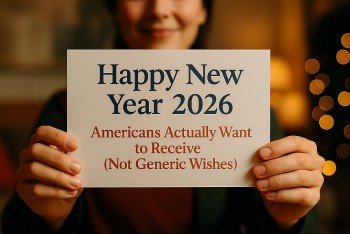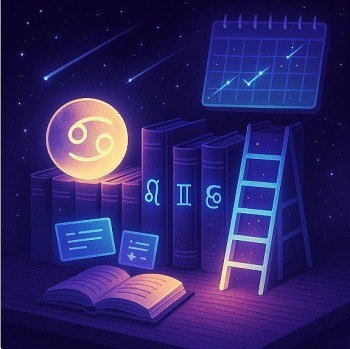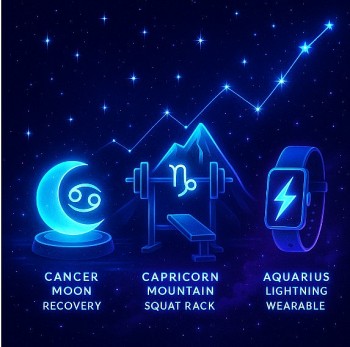How Much Currency Is There Across the Globe?
The means of exchanging goods and services is money. Although it doesn't literally turn the world on its head, trade in goods and services for cash is essential to national economies.
The entire concept of the barter system was altered by money. Money has been used for centuries as a means of exchange for goods and services. It facilitates the flow of international trade, fosters friendly relations between nations, and keeps the world in order.
How to Define ‘Money’
Most nations have a central bank that works with the government to control and release information about the money supply.
Money exists in the modern world in two different forms: virtual (such as electronic bank accounts and cryptocurrencies) and physical (such as coins and notes). Because of this, figuring out how much money there is is difficult.
How Much Money is Spent Each Day?
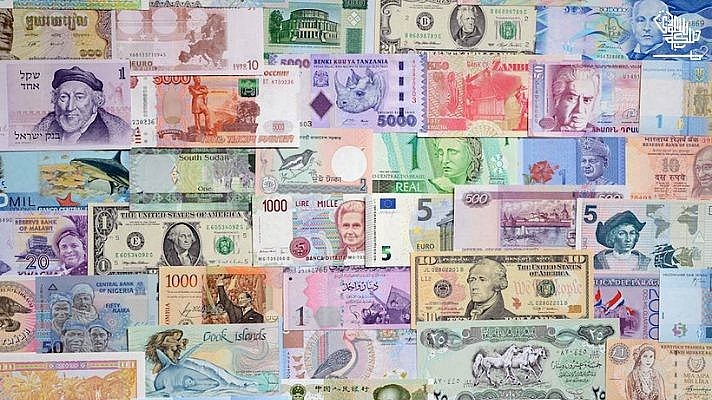 |
| Photo Saudi Scoop |
| Table of Contents |
Billions of dollars are exchanged between people, companies, and governments on a daily basis within the global economy. Although the precise amount of money that is exchanged every day is impossible to determine, economists have created estimates using information from central banks and other sources.
An estimate states that $5 trillion is spent every day on the planet. This sum accounts for government spending on defense and infrastructure projects as well as business and individual investment. Even though it can be challenging to pinpoint the precise amount spent every day, there is no denying that it constitutes a significant amount of economic activity.
How Many Categories of Money?
First, we'll ascertain how much money is in circulation throughout the world's economies. To put it short, they consist of the following:
• banknotes and coins in bank vaults;
• money in the hands of the world population;
• funds in deposits;
• term deposits;
• traveler's checks;
• credit cards.
What Are Different Types of Money?
Generally speaking, money is separated into several "Ms." In accordance with the central bank's policy decisions, the range rises from the narrowest, represented by M0, to the broadest, represented by M3. The Federal Reserve System, the US central bank, releases data based on the following four Ms:
One way to approach the question could be, "How much cash is there in U.S. currency?" How much money would you have if you took all the coins and bills that are in circulation today and added them all up? The monetary base, also referred to as the M0 money supply, is all that hard currency that can be readily liquidated. This comprises all of the deposits that banks have at reserve banks, as well as the cash that is kept on hand in bank vaults and in people's pockets and mattresses [source: Hamilton]. The Federal Reserve reports that as of March 2021, the most recent data available, the M0 supply stream had $5.8 trillion in it.
Even though that seems like a huge sum, consider this: As per the U.S. Census, the population of the United States in May 2021 was 332,290,964. Each person should have roughly $17,454 in cash on them (or stuffed under the mattress) if you divided the entire amount equally. Of course, some money is missing, but there's a simple reason why: According to the Federal Reserve, between half and two thirds of the M0 money stock of US dollars are held abroad at any given time.
The remaining funds are held in a variety of bank accounts, which are tracked by the Federal Reserve using three distinct metrics called the M1, M2, and M3 money supplies. (M3 was later withdrawn. Here's more about that.)
All money outside of the U.S. Treasury, Federal Reserve banks, and depository institution vaults is represented by M1. It also includes the Federal Reserve float, other liquid deposits, demand deposits at commercial banks (not including those held by depository institutions, the US government, foreign banks, and official institutions). The M1 money supply in US dollars was approximately $18.7 trillion in March 2021 [source: Federal Reserve].
M2 consists of small-denomination time deposits (less than $100,000) in addition to the M1 supply. The M2 money supply was approximately $19.9 trillion in March 2021 [source: Federal Reserve].
M2 plus bigger CDs equals M3. Because it believed M3 money stock did not provide any additional information on economic activity beyond what was already known from M2, the Fed stopped using it as an economic indicator in March 2006 [sources: Federal Reserve].
How Much Money Is There In The World?
 |
| Photo Getty |
The total amount of money in circulation, including cash and money held in savings and checking accounts, is estimated to be $40 trillion USD.
Over $1.3 quadrillion is available in investments, derivatives, and cryptocurrency.
Who Decides How Much Money Exists?The total amount of money in circulation within an economy, including cash and other liquid assets, is known as its money supply. Coins and paper money that are in circulation as well as commercial bank deposits, which are also regarded as legal tender, fall under this category. The money supply is necessary to sustain economic activity because it gives consumers and businesses the ability to pay for goods and services. The nation's central bank is one of several factors that influence the amount of money in circulation. Because it can affect both the amount of money that is created and the amount that commercial banks are able to lend, the Federal Reserve in the United States has substantial control over the money supply. Because of this, the Federal Reserve is crucial in deciding how much money is in the American economy. Due to varying monetary policies, each nation's central bank regulates the quantity of money in circulation within that nation. The Eurozone's money supply is regulated by the European Central Bank. By determining interest rates and carrying out open market operations, central banks in each nation regulate the amount of money in circulation. Additionally, they collaborate with commercial banks to guarantee the preservation of financial stability. Every nation has a central bank that is in charge of managing the money supply inside its boundaries, even though there isn't a single international organization that oversees the quantity of money in circulation worldwide. |
What is the world’s total wealth?
The global economy is at its peak. Global assets increased from $440 trillion (roughly 13 times GDP) in 2000 to $1,540 trillion in 2020, while net worth increased from $160 trillion to over $510 trillion, according to a McKinsey report.
This number encompasses equity market prices, real estate prices, exchange rates, natural resource values, human resource values, and capital and technological advancements that could potentially create new assets or devalue existing ones in the years to come.
How much money is in the world per person?In 2022, there is approximately $17,328 per person worldwide. How much money does the richest person in the world have? Jeff Bezo is currently the world’s richest man, with a net worth of 131.9 billion in 2022. |
Top 10 Countries with the Highest Currency Value in the World: 2022 Edition
| Sr.No. | Highest Currencies in the World | Value of | In INR (14th Jul'22) |
|---|---|---|---|
| 10 | Euro | 1 EUR | 79.82 INR |
| 9 | United States Dollar | 1 USD | 80.12 INR |
| 8 | Swiss Franc | 1 CHF | 81.21 INR |
| 7 | British Pound | 1 GBP | 94.36 INR |
| 6 | Gibraltar Pound | 1 GIP | 94.64 INR |
| 5 | Cayman Island Dollar | 1 KYD | 96.19 INR |
| 4 | Jordanian Dinar | 1 JOD | 112.87 INR |
| 3 | Omani Rial | 1 OMR | 208.18 INR |
| 2 | Bahraini Dinar | 1 BHD | 212.64 INR |
| 1 | Kuwaiti Dinar | 1 KWD | 260.00 INR |
Future of Money: Is Cash Going to Be Replaced?
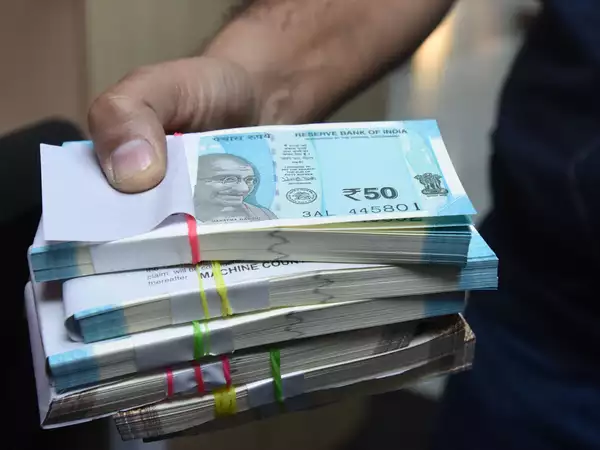 |
| Photo India Today |
The total amount of money in circulation is anticipated to rise steadily as nations work hard to stabilize their economies.
At the moment, using virtual or digital currencies is more appealing to people than using actual money. Because of this, the use of cash is steadily declining as digital transactions grow in popularity.
Central banks in China, Japan, and Sweden have begun testing digital currency. Additionally, the European Central Bank and the Bank of England are prepared to carry out their own trials. The first official digital currency in the world was already introduced by the Bahamas.
It is hard to estimate the total amount of money in the world if digital currencies take the place of cash. It is far more difficult to quantify something that has value but does not exist physically.
 8 Eternal Lessons to Earn A Lot Of Money 8 Eternal Lessons to Earn A Lot Of Money “Rich people think long, poor people think short” – This is the difference between the rich and the poor, but also the first law of ... |
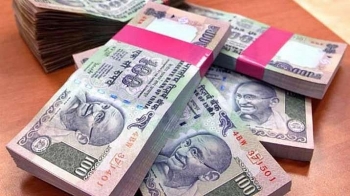 Ban Currency notes of Rs 100, 10 and 5 Notes: Latest News and the Truth Ban Currency notes of Rs 100, 10 and 5 Notes: Latest News and the Truth Recently, a report claimed that the Reserve Bank of India (RBI) was banning the Rs 100, 10 and 5 notes and that they won't be ... |
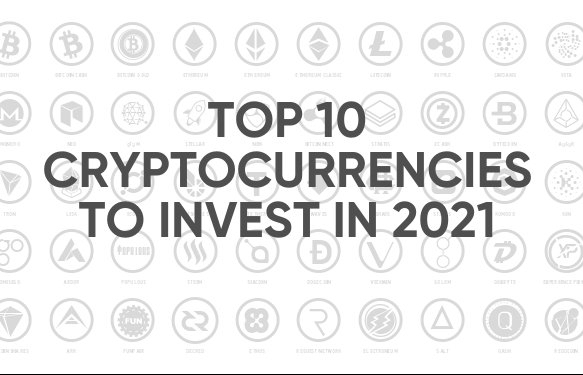 10 Most Valuable Cryptocurrency In The World 10 Most Valuable Cryptocurrency In The World Cryptocurrency is digital money that isn’t managed by a central system like a government. Instead, it’s based on blockchain technology, with Bitcoin being the ... |


